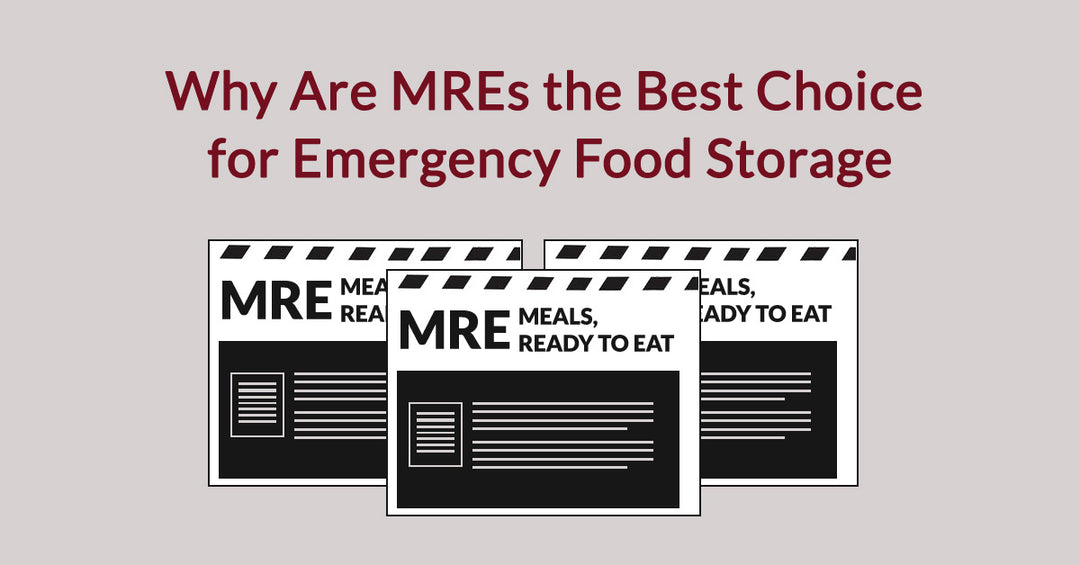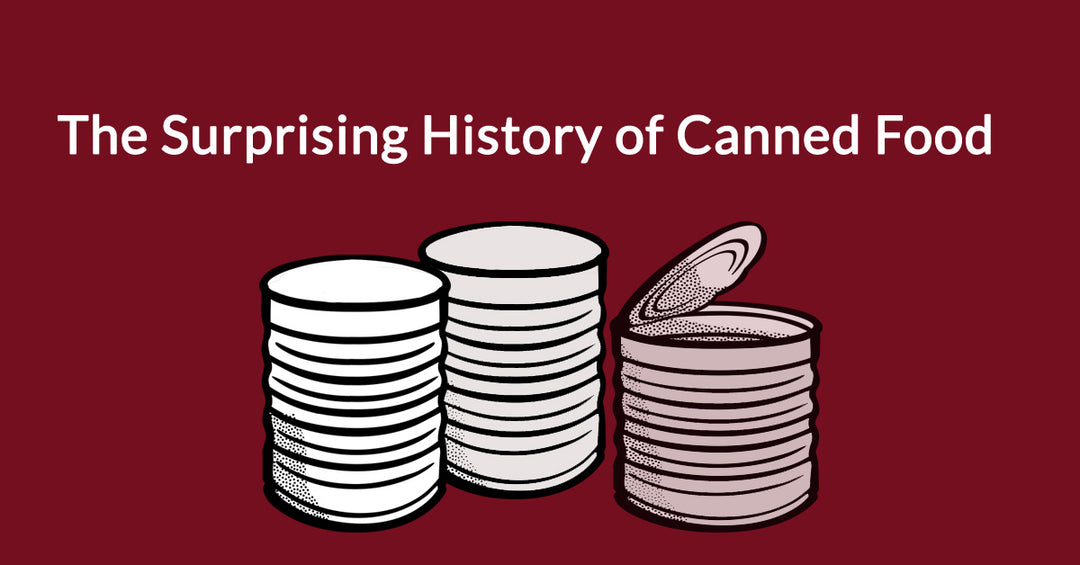US Food Supply Disaster Series: Chicago Heat Wave (July 1995, Chicago, IL)

In July 1995, Chicago, Illinois, was gripped by a silent but deadly adversary: an extreme heat emergency. This wasn't a visible storm or a raging fire, but a slow-motion disaster that exposed profound vulnerabilities in urban food security, particularly for the city's most at-risk residents. The Chicago Heat Wave stands as a critical case study in how seemingly less dramatic natural disasters can still lead to significant humanitarian crises, demanding a re-evaluation of emergency management strategies.
The searing temperatures, which soared well above 100 degrees Fahrenheit for days, had a cascading effect on daily life. For thousands of residents, particularly seniors and isolated individuals, the heat became an insurmountable barrier to basic necessities. Many were confined to their homes, unable to venture out for groceries due to the oppressive heat and the risk of heatstroke. This directly impacted their access to fresh food, a critical component of a healthy diet. Compounding this challenge was the issue of cold storage: without reliable air conditioning or proper ventilation in their homes, perishable foods quickly spoiled, rendering even what little they had inedible. This highlighted a unique aspect of food-related challenges in non-evacuation emergencies, where the population remains in place but lacks access to essential resources.
The heat wave also severely impacted local food supply chains. Grocery stores, the backbone of urban food access, suffered widespread refrigeration failures. This led to significant losses of perishable stock, from meats and dairy to fruits and vegetables. For consumers, this meant not only spoiled food at home but also limited availability and higher prices at the few stores that could maintain some level of operation. This disruption disproportionately affected low-income residents, who often relied on daily purchases and lacked the financial means to buy in bulk or to easily replace spoiled food.
The primary victims of this silent disaster were the elderly, individuals with disabilities, and low-income residents, many of whom lived in poorly ventilated housing. These vulnerable populations were already facing challenges in terms of food equity and access to resources. The heat wave amplified their pre-existing vulnerabilities, leading to widespread dehydration, illness, and tragically, a significant number of fatalities. The crisis underscored the interconnectedness of public health, housing conditions, and disaster preparedness.
The outcomes and lessons learned from the Chicago Heat Wave were pivotal in reshaping how cities approach extreme weather events and food distribution in non-evacuation scenarios. The disaster highlighted previously overlooked food risks, demonstrating that a crisis doesn't always involve physical destruction to severely disrupt food access. It became clear that traditional disaster responses, often focused on evacuation and large-scale shelter operations, were insufficient for a "stay-in-place" emergency like a heat wave.
This profound realization led to the development of vital "check-in" programs. These initiatives involved community volunteers, social workers, and even police officers actively visiting the homes of at-risk residents to assess their well-being, provide water, and identify immediate needs, including food. Furthermore, the heat wave spurred the expansion and formalization of meal delivery services for vulnerable residents. These programs, often run by non-profit organizations and supported by city agencies, became crucial lifelines, ensuring that those unable to leave their homes still received nutritious meals. This was a significant step toward embedding food justice into urban emergency planning.
The Chicago Heat Wave also emphasized the critical role of public awareness campaigns regarding hydration and safe food storage during heat events. It spurred improvements in cooling centers, ensuring they were well-stocked with water and basic provisions. The event fundamentally altered the understanding of urban resilience, demonstrating that a comprehensive approach must consider the subtle yet devastating impacts of environmental stressors on basic human needs. This experience continues to inform heatwave preparedness strategies and vulnerable population support efforts in cities worldwide, advocating for proactive measures to protect those most at risk.
Sources:
- Chicago Department of Public Health. (1995). The Chicago Heat Wave of 1995: A Report on the Human Impact of a Disaster. (This is a definitive source, as the CDPH conducted extensive analysis of the event.)
- Klinenberg, Eric. (2002). Heat Wave: A Social Autopsy of Disaster in Chicago. University of Chicago Press. (While a book, it's a highly credible sociological study based on extensive research, directly addressing the social and food-related impacts.)
- National Weather Service archives for Chicago, Illinois, July 1995, detailing temperature records and conditions.




